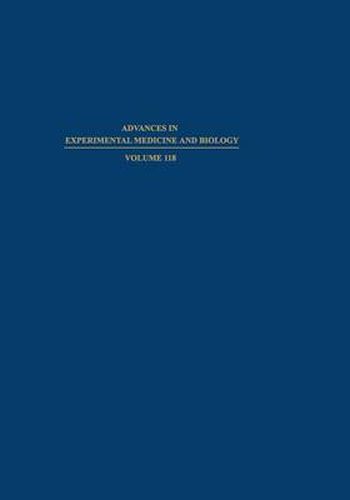Readings Newsletter
Become a Readings Member to make your shopping experience even easier.
Sign in or sign up for free!
You’re not far away from qualifying for FREE standard shipping within Australia
You’ve qualified for FREE standard shipping within Australia
The cart is loading…






This title is printed to order. This book may have been self-published. If so, we cannot guarantee the quality of the content. In the main most books will have gone through the editing process however some may not. We therefore suggest that you be aware of this before ordering this book. If in doubt check either the author or publisher’s details as we are unable to accept any returns unless they are faulty. Please contact us if you have any questions.
This volume stems from a symposium sponsored by the W. Alton Jones Cell Science Center, Lake Placid New York. The Second Annual W. Alton Jones Cell Science Center Symposium: Cell Substrates and Their Use in the Production of Vaccines and Other Biologicals was held October 23-26, 1978. The Center is an operational unit of the Tissue Culture Association and offers, in collaboration with the Association’s Education Committee, a wide range of educational and research activities. During the past 20 years there have been numerous national and international conferences on the topic of cell cultures used to produce biological products. Those largely dealt with the technology and associated issues that were current at the time of the meetings. For example, as human diploid cells were developed and proposed for use in vaccine production, a number of meetings were held to examine the pros and cons of human diploid cells. A large amount of data was provided at those conferences which formed the basis for the eventual acceptance of that cell system. Each meeting added to the general base of knowledge in the area of cell cultures and their application to the current and novel set of problems encountered. In general, the participants reaffirmed the basic premises that were formulated in the early days of polio virus vaccine production regarding the criteria for acceptability of cells when used in the manufacture of biologics intended for humans.
$9.00 standard shipping within Australia
FREE standard shipping within Australia for orders over $100.00
Express & International shipping calculated at checkout
This title is printed to order. This book may have been self-published. If so, we cannot guarantee the quality of the content. In the main most books will have gone through the editing process however some may not. We therefore suggest that you be aware of this before ordering this book. If in doubt check either the author or publisher’s details as we are unable to accept any returns unless they are faulty. Please contact us if you have any questions.
This volume stems from a symposium sponsored by the W. Alton Jones Cell Science Center, Lake Placid New York. The Second Annual W. Alton Jones Cell Science Center Symposium: Cell Substrates and Their Use in the Production of Vaccines and Other Biologicals was held October 23-26, 1978. The Center is an operational unit of the Tissue Culture Association and offers, in collaboration with the Association’s Education Committee, a wide range of educational and research activities. During the past 20 years there have been numerous national and international conferences on the topic of cell cultures used to produce biological products. Those largely dealt with the technology and associated issues that were current at the time of the meetings. For example, as human diploid cells were developed and proposed for use in vaccine production, a number of meetings were held to examine the pros and cons of human diploid cells. A large amount of data was provided at those conferences which formed the basis for the eventual acceptance of that cell system. Each meeting added to the general base of knowledge in the area of cell cultures and their application to the current and novel set of problems encountered. In general, the participants reaffirmed the basic premises that were formulated in the early days of polio virus vaccine production regarding the criteria for acceptability of cells when used in the manufacture of biologics intended for humans.